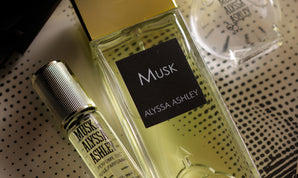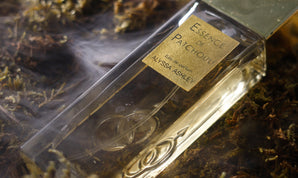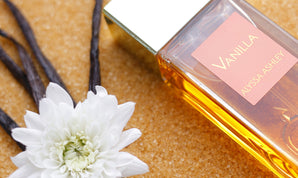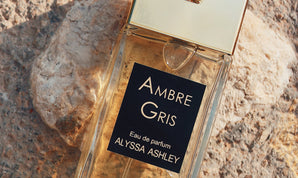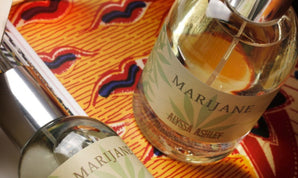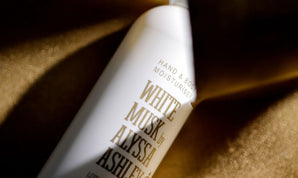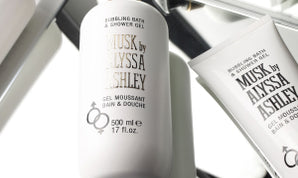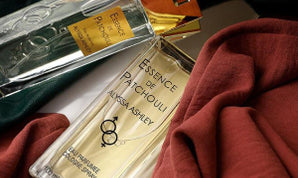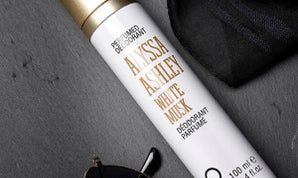Feminis wrote: it's not magic, you take the spirit of wine, but then you need the flowers, the aromatic plants, those that grow on our hills in Italy. And you need to know which flowers and in what proportions. Then put them to macerate in a covered vat for the whole course of the moon, remove them and put them back in, add the bergamot and rosemary, but only when the moon is waning. That's it, ‘’that's the secret’’
Original Eau de Cologne: the story
In spite of its name, Eau de Cologne hides an all-Italian history made up of intuition, initiative and above all else, the nose.
It takes a three-century plunge into the past to learn of its origins: at the end of the 17th century, a travelling salesman, Gian Paolo Feminis, created a fragrant liquid that he claimed cured all illnesses, called aqua mirabilis.
After moving from Santa Maria Maggiore in the province of Novara to Cologne in Germany, Feminis decided to hire a helper, a relative, his nephew, named Giovanni Maria Farina, an expert distiller of ethyl alcohol (which was then in great demand for the production of flavourings and liqueurs).
It was he who perfected the formula for Aqua Mirabilis, eliminating the unpleasant odours caused by the use of spirits, and in 1709 named it Eau de Cologne, after the city.
Here's how Giovanni Maria Farina described his olfactory creation in a 1708 letter to his brother:
"My perfume is like an Italian spring morning after the rain. It reminds me of the oranges, lemons, grapefruits, bergamots, citrons, flowers and the herbs of my land. It refreshes me and stimulates my senses and imagination."
In those years, he inevitably began to manage the business related to the highly appreciated product and established the company's headquarters in the German city.
Over the years, the Farina company expanded, but unfortunately nothing remains of the monumental building today because it was heavily bombed during the Second World War.
The characteristics of Eau de Cologne
A base of bergamot, followed by lemon, orange blossom, rosemary, lavender and a few little "moon" secrets: this is how, with around thirty essences, the story of a great perfumed myth was born, famous and loved throughout the world.
The low alcohol content didn’t allow a high concentration of perfume but during the 18th century, with the invention of highly concentrated alcohol, Eau de Cologne became the first fragrance which anticipated the composition of perfumes as we know them today.
Involuntarily a new olfactory family was created and a victim of its success, over the centuries, over 2000 versions of Eau de Cologne have been produced.
While perfume was already seen as a symbol of sensuality, eau de cologne gained popularity thanks to its caressing scent, and was therefore flaunted at the most fashionable events during the hottest times of the year.
Probably originally intended for a more male audience, it was used as a tonic or aftershave lotion, rubbed in during toileting, but it quickly spread and was soon appreciated by women too.
Can we call it the first No Gender Fragrance?
It was chosen over the years as the favourite fragrance of illustrious figures such as Goethe, Voltaire, Queen Victoria and Napoleon Bonaparte: it is said that the general used at least one bottle a day, both to perfume himself and as a medicine, ingested by soaking sugar cubes in it.
Always halfway between a luxury product and a hygiene product, the separation between a panacea for all illnesses and a personal perfume took place in 1810 with an imperial decree by Napoleon himself which obliged perfumers to reveal the contents of their formulas.
Eau de Cologne became a lifestyle, a symbol of extreme elegance, balance and great class, thanks to increasingly refined and brilliant olfactory constructions.
Eau de Cologne today
Over the centuries until just a few years ago, Eau de Cologne lost everything that made it extremely special and characterised it as such: its freshness, which allowed it to be used abundantly over the whole body, and for this reason it is often associated with sports and athletes.
At present, the term eau de cologne is used to refer to all those fragrances characterised by a low percentage of perfume of around 5%. Precisely this percentage underlines the difference between eau de toilette and eau de parfum and again these with eau de cologne.
Reading "eau de cologne" on the label had little appeal to a certain type of customer. The exponential increase in the percentage of essential oils, probably to favour greater persistence and consistency, made them not dissimilar to eau de toilette.
In recent years, with minimalism reigning supreme, the desire to regain possession of one's own space and the preeminent rule of "less is more", there has been a real change, even in the way of understanding and therefore constructing Eau de Cologne.
There is a return to the elegance of the past and therefore to a lower percentage of essential oils between 2 and 6% which characterised the colognes of the past to give greater lightness and breath to the olfactory construction.... I can only say "thank goodness".
